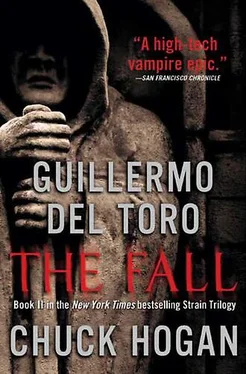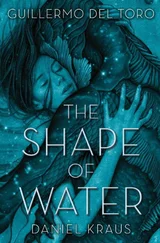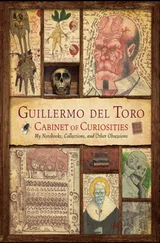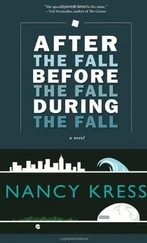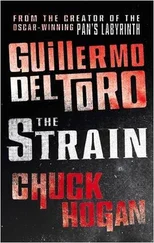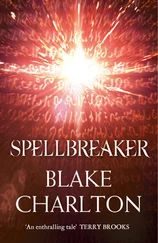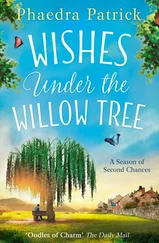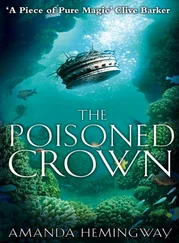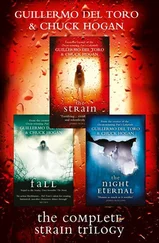After he accepted financing from a group headed by Eldritch Palmer, an American industrial magnate with investments in the American zone of Vienna as well as an intense interest in the occult, Setrakian’s influence and collection of cultural artifacts expanded at a great rate throughout the early 1960s, capped by his most significant prize, the wolf’s-head walking stick of the mysteriously disappeared Jusef Sardu.
But certain developments and revelations out in the field eventually convinced Setrakian that his and Palmer’s interests were not compatible. That Palmer’s ultimate agenda was, in fact, entirely contrary to Setrakian’s intentions to hunt down and expose the vampiric cabal — which led to an ugly rift.
Setrakian knew, beyond doubt, who it was who later spread rumors of his affair with a student, resulting in his removal from the university. The rumors, alas, were entirely true, and Setrakian, freed now by the airing of this secret, swiftly married the lovely Miriam.
Miriam Sacher had survived polio as a child, and walked with arm and leg braces. To Abraham, she was simply the most exquisite little bird who could not fly. Originally a Romance languages expert, she had enrolled in several of Setrakian’s seminars and slowly gained the professor’s attention. It was anathema to date a student, so Miriam convinced her wealthy father to hire Abraham as her private tutor. To reach the Sacher family estate, Setrakian had to walk a good hour after taking two trams out of Vienna. The mansion had no electricity, so Abraham and Miriam read by the light of an oil lamp in the family library. Miriam moved around using a wood-and-wicker wheelchair that Setrakian used to push near the bookshelves as new volumes were required. As he did so, he felt the soft, clean scent of Miriam’s hair. A scent that intoxicated him and that, as a memory, greatly distracted him in the few hours they spent apart. Soon, their mutual intentions were made manifest and discretion gave way to apprehension as they hid in dark, dusty corners to find each other’s breath and saliva.
Disgraced by the university after a prolonged process to remove him from tenure, and facing opposition from Miriam’s family, Setrakian the Jew eloped with the blue-blooded Sacher girl and they married in secret in Mönchhof. Only Professor Zelman and a handful of Miriam’s friends were in attendance.
As the years went by, Miriam emerged as a partner in his expeditions, a comfort during the dark times, and a true believer in his cause. For over a decade, Setrakian was able to make a living by writing small pamphlets and working as a curator for antique houses all over Europe. Miriam made the most of their modest resources, and nights at the Setrakian house were usually uneventful. Every night, Abraham would rub Miriam’s legs with a mixture of alcohol, camphor, and herbs, patiently massaging out the painful knots that cramped muscle and sinew — hiding the fact that, while he did so, his hands hurt as much as her legs. Night after night, the professor told Miriam about ancient knowledge and myth, reciting stories full of hidden meaning and lore. He would end by humming old German lullabies to help her forget her pain and drift into sleep.
In the spring of 1967, Abraham Setrakian picked up Eichhorst’s trail in Bulgaria, and a hunger for vengeance against the Nazi rekindled the fire in his belly. Eichhorst, his commandant at Treblinka, was the man who issued Setrakian his craftsman star. He had also twice promised to execute his favorite woodworker, to do so personally. Such was a Jew’s lot in the extermination camp.
Setrakian tracked Eichhorst to the Balkans. Albania had been a communist regime since the war, and, for whatever reason, strigoi appeared to flourish in similar political and ideological climates. Setrakian had high hopes that his old camp warden — the dark god of that kingdom of industrialized death — might even lead him to the Master.
Because of her physical infirmity, Setrakian left Miriam at a village outside Shkodër, and led a pack horse fifteen kilometers to the ancient town of Drisht. Setrakian pulled the reluctant animal up the steep limestone incline, along old Ottoman paths rising to the hilltop castle.
Drisht Castle (Kalaja e Drishtit) dated to the twelfth century, erected as part of a mountaintop chain of Byzantine fortifications. The castle came under Montenegrin and then, briefly, Venetian rule, before the region fell to the Turks in 1478. Now, nearly five hundred years later, the fortress ruins contained a small Muslim village, a small mosque, and the neglected castle, its walls falling prey to nature.
Setrakian discovered the village empty, with little sign of recent activity. The views from the mountaintop out to the Dinaric Alps to the north, and the Adriatic Sea and the Strait of Otranto to the west were sweeping and majestic.
The crumbling stone castle with its centuries of stillness was a spot-on location for vampire hunting. In retrospect, that should have tipped Setrakian off that things were perhaps not as they seemed.
In the belowground chambers, he discovered the coffin. A simple and modern funerary box, a tapered hexagon constructed of all wood, apparently cypress, containing no metal parts, utilizing wooden pegs instead of nails, and leather hinging.
It was not yet nightfall, but the light in the room was not strong enough that he could rely on it to do the job. So Setrakian prepared his silver sword, making ready to dispatch his former tormentor. Weapon set, he raised the lid with his crooked-fingered hand.
The box, indeed, was empty. Emptier than empty: it was bottomless. Fixed to the floor, it functioned as a trapdoor of sorts. Setrakian strapped on a headlamp from his bag and peered down.
The dirt bottomed some fifteen feet below, then tunneled out.
Setrakian loaded himself up with tools — including an extra flashlight, a pouch of batteries, and his long silver knives (his discovery of the killing properties of ultraviolet light in the C range was yet to come — as was the advent of commercially available UV lamps), leaving behind all of his food and most of his water. He tied a rope to the wall chains and lowered himself into the coffin tunnel.
The ammonia smell of strigoi discharge was pungent, prompting him to step carefully, to avoid soiling his boots. He made his way through the passages, listening at every turn, picking signal marks into the walls when the tunnel forked, until, after some time, he found he had doubled back to his original marks.
Reconsidering, he decided to retrace his steps and return to the entrance beneath the bottomless coffin. He would climb back out, regroup, and lie in wait for the inhabitants to rise after nightfall.
But when he arrived back at the entrance, looking up, he found that the coffin lid had been shut. And his access rope was gone.
Setrakian had hunted enough strigoi that his reaction to this turn of events was not fear but anger. He turned immediately, plunging back into the tunnels with the knowledge that his survival depended upon his being predator and not prey.
He took a different route this time, and eventually encountered a family of four peasant villagers. They were strigoi, their red eyes lighting up at his presence, reflected blindly in the beam of his flashlight.
But they were all too weak to attack. The mother was the only one to rise from all fours, Setrakian noticing in her face the characteristic caving of an unnourished vampire: a darkening of the flesh, the articulation of the throat stinger mechanism through the taut skin, and a dazed, somnolent appearance.
He released them — with ease, and without mercy.
He soon encountered two other families, one stronger than the other, but neither able to mount much of a challenge. In another chamber, he found a child strigoi who had been destroyed in what appeared to be an ill-fated attempt at vampire cannibalism.
Читать дальше
Конец ознакомительного отрывка
Купить книгу
